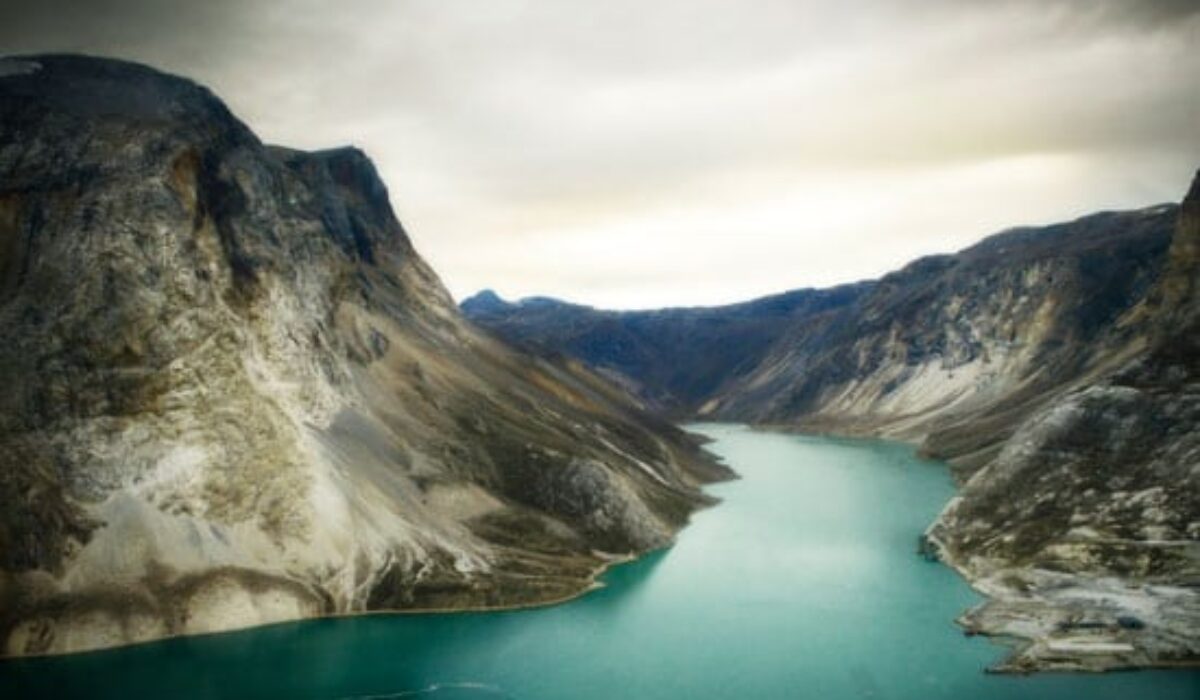Greenland’s Ready
There is extensive political agreement in Greenland that the country’s mineral sector should be developed into a principal industry contributing positively to economic development and the creation of new jobs.
This objective is a vital element of the plan for long-term economic development, which includes the development of business sectors as an alternative to the fisheries sector. Greenland’s government aims to maintain a high level of mineral exploration to further incentivise the mineral resources industry to obtain exploration and exploitation licenses. In an interview, Julie Hollis Head of Geology Department; Ph.D.Ministry of Mineral Resources and Henrik Stendal of the Ministry of Mineral Resources explain this strategy
Can you give us an introduction to the aims and role of your organisation?
The Greenlandic government is the overall administrative authority for all mineral and petroleum resource activities in Greenland. The Ministry of Mineral Resources is the Greenland government agency responsible for responsible for strategy-making, policy-making, legal issues, license assessment, approvals and inspections, and marketing of mineral resources in Greenland. The Ministry deals with geological issues through the Department of Geology. The Department of Geology provides geological advice and information regarding exploration and exploitation license applications, undertakes targeted geoscience programs to support the exploration community, and markets the mineral and petroleum potential of Greenlan
What benefits or incentives are there to international companies and investors to your region?
Greenland has strong mineral and petroleum resource potential and is very much underexplored. Greenland is pro-exploration and mining, both across the board in government and also within the community. There is broad agreement in Greenland that efforts should be made to develop the mineral sector into a principal industry contributing positively to economic development and to the creation of new jobs. This goal is an essential element of the desire for long-term economic development in Greenland, including the development of alternative business sectors to fisheries. With the signing of the Mineral Resource Act of 2009, Greenland now holds the rights to its mineral and petroleum resources and is eager to develop this sector as a key foundation of a more prosperous future.
The Government of Greenland has focused on how to develop large-scale projects, including the unique issues and challenges raised by such developments. The main issue has been a need to assess social sustainability separately in the construction phase, which is necessary because the construction phase has a significant influence on launching the mining industry in Greenland.
The Government of Greenland has at its autumn session in 2013 resolved to abolish its zero-tolerance policy with regard to uranium and other radioactive minerals. This has given the exploration companies further incentive to explore for rare earth elements, niobium and tantalum, which often are associated with radioactive minerals.
What can you tell us about the development of the mining industry in Greenland?
The first commercial mine in Greenland – the cryolite mine in South Greenland – was opened in the 1800s and operated for over 130 years. Indeed the Cryolite Company drove exploration in Greenland for decades. Other historic mines include lead-zinc at Mestersvig (1950s and 60s) and at Maamorilik in West Greenland (1973 to 1990). Limited coal, copper, graphite and marble have also been mined in West Greenland. More recently the Seqi olivine mine and the Nalunaq gold mine were both in operation in the early 2000s. A major change in the sector occurred in 2009 with the signing of the Mineral Resources Act, which saw all rights to the mineral and petroleum resources of Greenland transferred to the Greenlandic government. From 2009 to 2011 there was a steady increase in the number of granted licenses. However this has fallen again, in line with worldwide trends, to the present. Nonetheless, a ruby and pink sapphire mine (True North Gems) will open in West Greenland in 2015. There are also several advanced projects that have either already submitted or will soon submit exploitation license applications, including for iron ore, feldspar, molybdenum, and world-class REE and lead-zinc deposits.
Can you tell us more about the long-term plans and process of what an investor could expect regarding the opportunities in the mineral resources sector in Greenland?
In the long term, Greenland may become a player particularly for iron alloys (iron, nickel, molybdenum, titanium, vanadium) and base metals (zinc, lead). The overall viability is controlled by demand, and production levels and subsequent global vulnerability to political and socio-economic changes and conflicts. In the meantime, Greenland already has the ability to enter – and potentially change – the market for critical minerals.
The strategy of Greenland’s government over the next decade is to maintain a high level of mineral exploration activity to further incentivize the mineral resources industry to obtain exploration and exploitation licenses. Greenland recognizes the importance of mineral resources, and it aims to become an important source of a variety of minerals.
Can you tell us about what projects are looking for investment?
Almost all exploration and mining projects in Greenland are seeking further investment either to develop their exploration programs or to advance their activities relating to exploitation applications or granted licenses. A full list of the companies currently operating in Greenland can be obtained from www.govmin.gl or by emailing mlsa@nanoq.gl.


0 Comments